The 10 Most Interesting Dentists Practicing Today
Dentists are many things, but you cannot call them boring. As pillars of their communities, they become close to their patients and have a gift for remembering birthdays, family milestones and even patients' favorite toothpaste flavors. Our contributor put together a list of the most charismatic dentists around the United states, so continue below to see if you or a friend made the list.

Dentists are known for their commitment to serving their respective communities.
Dentists are fascinating people. Perhaps moreso than any other health care practitioners, dentists are interwoven into the fabric of communities. They see their patients more frequently than any other type of doctor, they hear the latest escapades of the family dog and they want to know how a son or daughter is doing in college. Dentists are community fixtures.
Dentists also have a rare combination of skills. Dentists pair technical skills and compassion to care for those in need with business savvy and acumen to build success from the ground up.
Outside their practices, the fruits of their labor enable dentists to live lives of purpose as adventurers, entrepreneurs and contributors to their communities.
The professionals on this list are the drivers and the doers of dentistry who have dedicated themselves to improve the lives of their patients, anticipated and capitalized on some of the industry’s biggest trends and given back to the communities that have supported them. These are the 10 most interesting dentists practicing today.

Cynthia Aita-Holmes, DMD, FACP
Cynthia Aita-Holmes describes herself as having a Type-A personality.
“I have to do it all,” she says. “I love to compete.”
Aita-Holmes, a colonel, is the director of U.S. Army Advanced Education in Prosthodontics and prosthodontic consultant to the Surgeon General at Tingay Dental clinic in Fort Gordon, Georgia. A French-Canadian native who grew up outside Montreal, Aita-Holmes came to the U.S. in 1999 to train as a prosthodontist. She loves her occupation.
“It’s very precise work,” she explains.
Aita-Holmes creates synthetic body parts from molds cast into silicone that are painted to match the unique characteristics of a person’s face. Her patients include combat veterans, but also patients with cancer and congenital diseases and other trauma that can disfigure a face.
“For us, a tenth of a millimeter is important,” she says. “That’s one of the challenges.”
The other challenge — and what she says drew her to prosthodontics — is that patients see direct results. She explains that there are two goals in prosthodontics: better functionality and helping the patient look better. But like any challenge, there are rewards.
“I’ve had a lot of patients tell me that I have totally changed their lives,” Aita-Holmes says.
Speaking of challenges, Aita-Holmes, who grew up as a competitive swimmer and qualified for the Olympic trials in Canada, recently became director of the residency program at Fort Gordon. She says that being a mentor for the residents is the most demanding job she has ever had.
“But I love training the residents,” she says. “They’re all like my kids. And I love to give back to them everything I’ve learned and experienced in prosthodontics.”
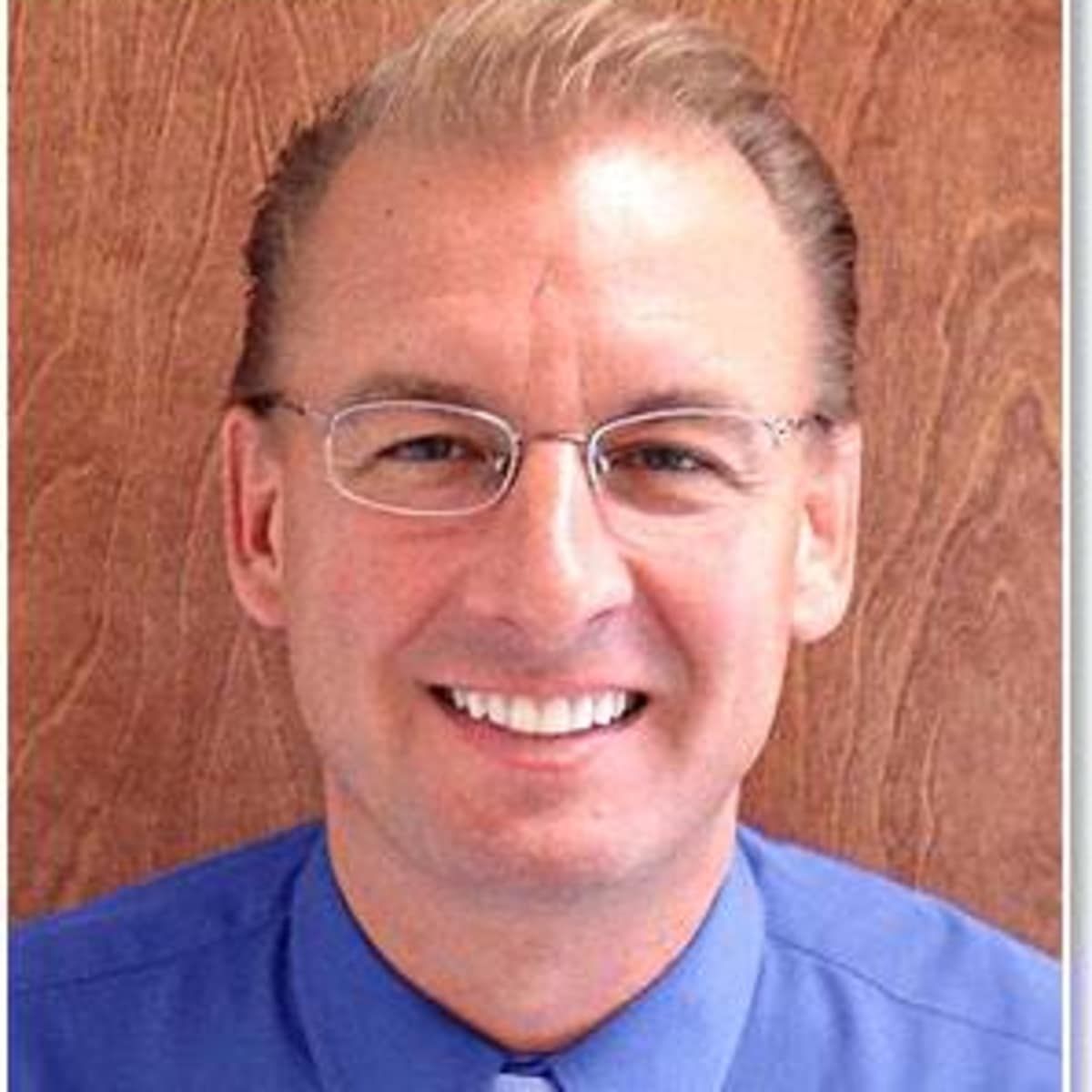
James TenBrook, DMD
There are some who become dentists because their experiences in the operatory as children were so pleasant that they wanted create the same experiences for others. That was not the case for James TenBrook.
“I had an archaic dental experience,” he recalls. “My dentist was pretty old. Nice guy, but a little grumpy. And the procedures were kind of rough.”
His tenure with braces was no better. “Not exactly a pleasant experience over a five-year period.” But those experiences became his motivation. “There has to be a better way,” TenBrook recalls thinking.
That is what led TenBrook to take a more minimalist approach. The Harvard-trained orthodontist and principal of TenBrook Orthodontics, with nine offices across southern New Jersey, is also the developer of the T1 TenBrook Self-Ligating technology, meaning less time in braces and more comfort during the process for patients.
The TenBrook T1 and T-Clear Braces use low-friction technology that minimizes the force exerted on a patient’s teeth. That translates into minimal discomfort, faster tooth movement and a reduction of treatment duration to about one year.
“That’s why I got into the profession in the first place,” he says. “I always wanted to do something where I could make a difference. And I feel like we do that in our practices. It’s very gratifying to see the results on our end, but also for the patients. That’s a neat experience.”
When he’s not working, TenBrook enjoys time with his family as well as fishing and golf. The latter two are a reflection of aging.
“That’s probably why I’ve evolved into those sports,” he joked. “My mind says yes, but my body says no.”
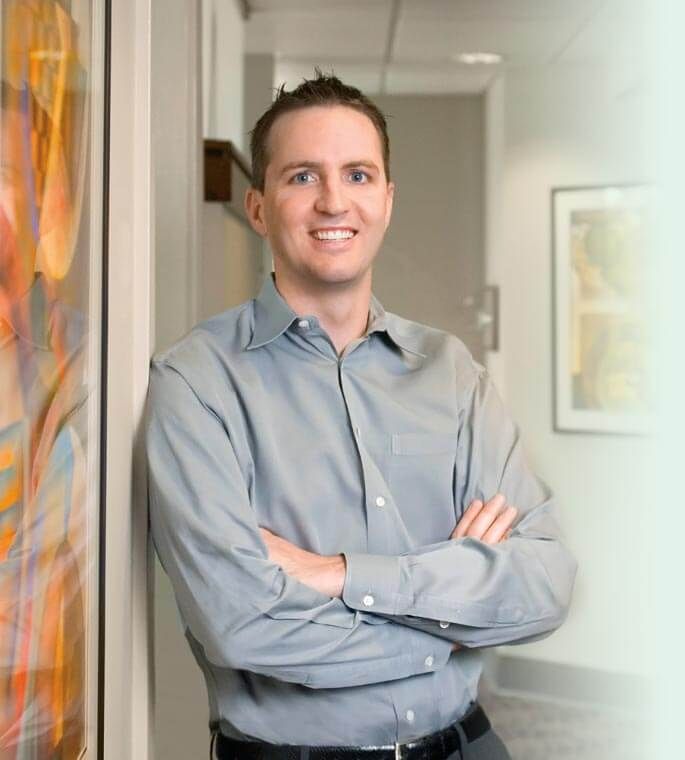
Casey Culberson, DDS
Tucked away in Mill Creek, a city of slightly more than 18,000 people in Snohomish County, Wash., is Mill Creek Family Dentistry. Its principal, Casey Culberson, DDS, calls himself a different kind of dentist.
“I had my first filling right before dental school started, and I thought, I can’t believe I’m going to do that to people all day long,” Culberson recalls. “So I made it my philosophy that I will do anything I can to make the patient experience better.”
And he has. A successful inventor, Culberson developed the patented Molar Media Mount, a lightweight arm that mounts directly to an existing dental light and holds a media device, such as an iPad, directly in front of the patient’s eyes.
“I was working on a child and he was squirming all over the place,” Culberson says. “We had TVs on arms, but you can’t really see them because they’re in a corner of the room near the ceiling.”
Culberson developed a prototype and was not planning on distributing it beyond his own practice, that is until patients began saying how much they loved the feature. Then a dentist from California whom Culberson did not know ordered one. That was a highly rewarding feeling, Culberson said.
Outside the office, Culberson is also an adventure-loving individual. An avid sailor prolific skydiver, he says the experience is not unlike filling a cavity.
“Doing my first filling in dental school was terrifying,” he recalls. “But then my instructor said there will come a point where, just like driving home and not remembering how you got there, the majority of what you do will be on cruise control. That’s how it is for me with skydiving.”

Ed Zuckerberg, DDS
It was the mid-1990s when Ed Zuckerberg wondered whether he was doing all he could to help patients overcome their fear of the dentist. He knocked down a wall, installed a 200-lb saltwater aquarium in the wall between two treatment rooms and his practice quickly became known as the office with the fish.
It was a success and made his practice recession- and insurance-proof. But it also signaled an important calling to Zuckerberg.
“I consider myself to be a very competent clinical dentist,” he says. “But my expertise is really in everything non-clinical — running the business end of a practice and integrating technology.”
Today, through his Painless Social Media Facebook page, Zuckerberg, who is the father of Facebook founder Mark Zuckerberg, lectures at dental conventions and dental societies about how dentists can maximize the benefits of social media for their practices and improve their marketing capabilities. He also does private consulting for dental offices, helping them with their social media and marketing presence.
Zuckerberg is still in practice in Dobbs Ferry, N.Y. Treating young people and helping them overcome their fear of going to the dentist is still among the biggest thrills in his career.
“Being the first one to get my hands as a dentist on a young patient, making them a patient for life, not fearful of going to the dentist, and then watching them grow up and have kids and then bring their kids to me, that is incredibly rewarding.”

Martha J. Somerman, DDS, PhD
Martha J. Somerman has been the director of the National Institute of Dental and Craniofacial research since 2011. Her research has focused on the key regulators controlling development, maintenance and regeneration of oral-dental-craniofacial tissues. In 2011, she was recognized for her work with the Goldhaber Award from the Harvard School of Dental Medicine. The annual award, established in 1989 to honor Dr. Paul Goldhaber, a periodontist and researcher, honors a scientist or educator of distinction whose work in dentistry and medicine has gained international recognition.
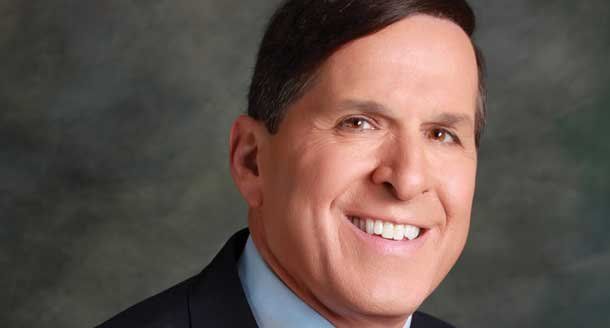
Roger Levin refers to himself as an inch-wide, mile-deep person .
Levin, a third-generation general dentist and the founder and CEO of Levin Group, collects Bordeaux wine and modern art prints. But he doesn’t just collect.
“I’m also a deep student,” Levin explains. “It’s never just drink the wine or buy the print.”
That’s Levin’s approach. Almost immediately upon entering dental practice, he realized the importance of practice management and marketing. Initially based on his personal experience, Levin quickly developed a scientific method to establish systems that worked best in dental practices. Thirty-three years later, Levin Group is a systems-based consulting firm.
“We put systems in practices,” he says. “Ninety-nine percent of our clients have positive growth within 12 months. If you follow the systems, you’re going to do extremely well.”
Levin, a devoted admirer of Winston Churchill (“Even my dog is named Winston.”) also studied martial arts for 30 years and was an international mountain climber. The latter, however, is no longer on his agenda.
“My shoulders aren’t going to let me do that anymore,” he teased.
Levin’s advice for most, if not all, dentists?
“Develop your practice as an extremely well run business,” he recommends. “Dentists today, especially those with debt — and there are a lot of 40- and 45-year-old dentists with debt — don’t have time to catch up later. The earlier you build your practice as an excellent systems-based business, the better your career is going to be.”

Kathleen T. O’Loughlin, DMD, MPH
Kathleen T. O’Loughlin remembers high school in the 1960s, when women had limited career choices.
“You either got married and had kids, became a secretary, a nurse or a teacher.” O’Loughlin went the nursing route, but eventually decided “I wanted more control over my destiny.”
She pursued a degree in dentistry and later a master’s in public health. Today, O’Loughlin is the first female executive director of the American Dental Association.
“Over the years, I became a little bit immune to thinking about being the first woman anything. I wanted to be treated like every other dentist and be recognized for what I can get done and the care I give.” And she has.
O’Loughlin admits she always wants more free time, but when she gets it she loves being around family, traveling and golfing. But that doesn’t take anything away from how much she loves her job.
“When I got my public health degree and started to see how you could change systems and impact a much larger number of people, have a much more positive benefit on society, that really energized me,” she says. “I’d much rather do this than work for a company that was worrying about their stock price moving up or down on a quarterly basis.”
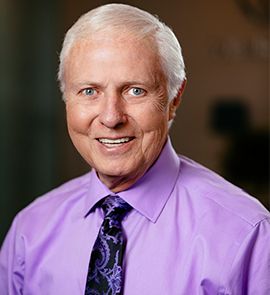
Gordon J. Christensen, DDS, MSD, PhD
Often considered to be the godfather of dentistry, Gordon Christensen is founder and CEO of Practical Clinical Courses — his own line of continuing education courses, to which dentists can subscribe — and co-founder and CEO for Clinicians Report Foundation. He is also a practicing prosthodontist in Provo, Utah.
Reflecting on his career choice between dentistry and medicine, Christensen says, “It was a flip of the coin for me, and I elected dentistry. And it was a godsend.”
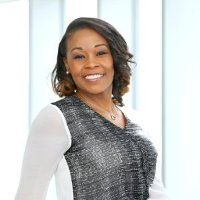
Tiky Swain, DDS
Tiky Swain, of Dasling Dentistry in Charlotte, North Carolina, works tirelessly to bring awareness to the importance of dental care in underserved communities. She is prominently involved in Project Lift, a grassroots effort to provide more care to children in need. Every April, Dasling Dentistry opens its doors on a Saturday for a free clinic.
“You have to know what your purpose is,” she says. “My purpose is to create oral health in the dental community and serve my patients outside the four walls of my practice.”
No stranger to challenges, Swain recently ran her first marathon.
“It was a killer,” she laughs. “And at times you want to give up. But like anything in life, you have to have a focus and goal, and keep going.”
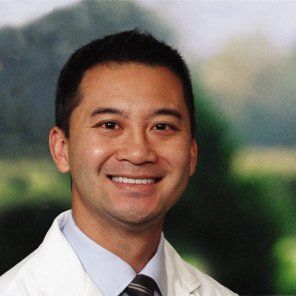
Ron Nguyen, DDS
It’s not a stretch to say that Ron Nguyen revolutionized training in dental schools. In 2006, Nguyen founded Ultralight Optics Inc., the first modern dental company founded by a dental student. Today, the Costa Mesa, Calif.-based company has become the most popular choice of LED headlights for dentists, and Nguyen now travels the country inspiring young entrepreneurs to develop new ideas and realize their dreams. He says it’s the business side of dentistry that gets him going every morning.
ACTIVA BioACTIVE Bulk Flow Marks Pulpdent’s First Major Product Release in 4 Years
December 12th 2024Next-generation bulk-fill dental restorative raises the standard of care for bulk-fill procedures by providing natural remineralization support, while also overcoming current bulk-fill limitations.